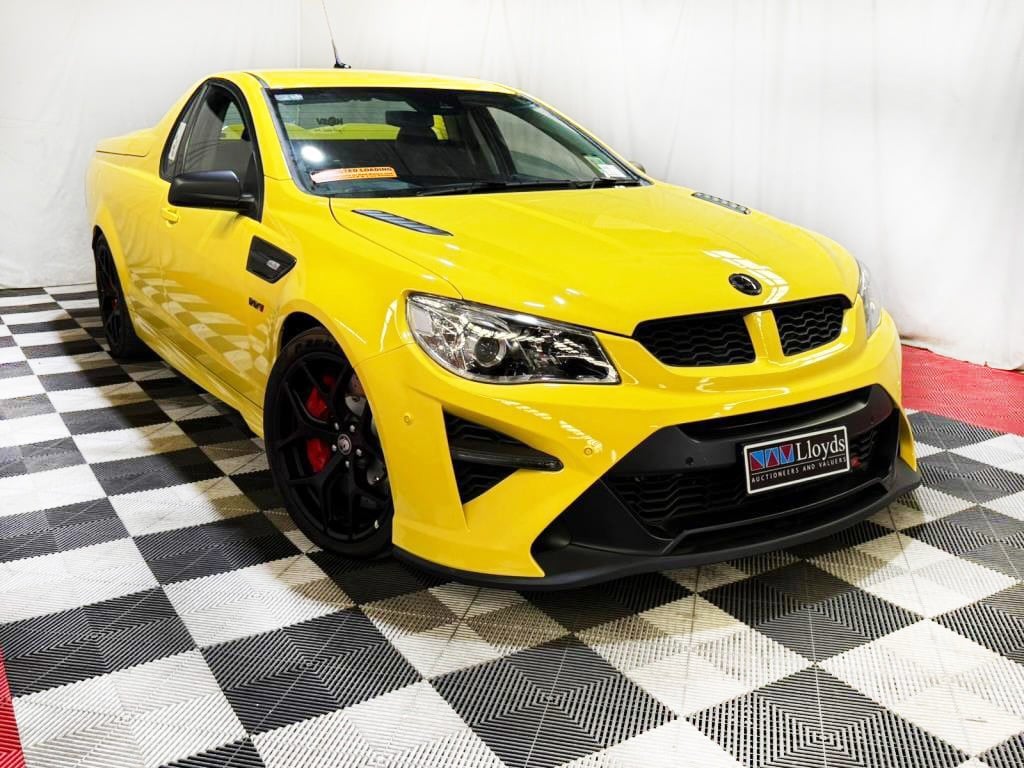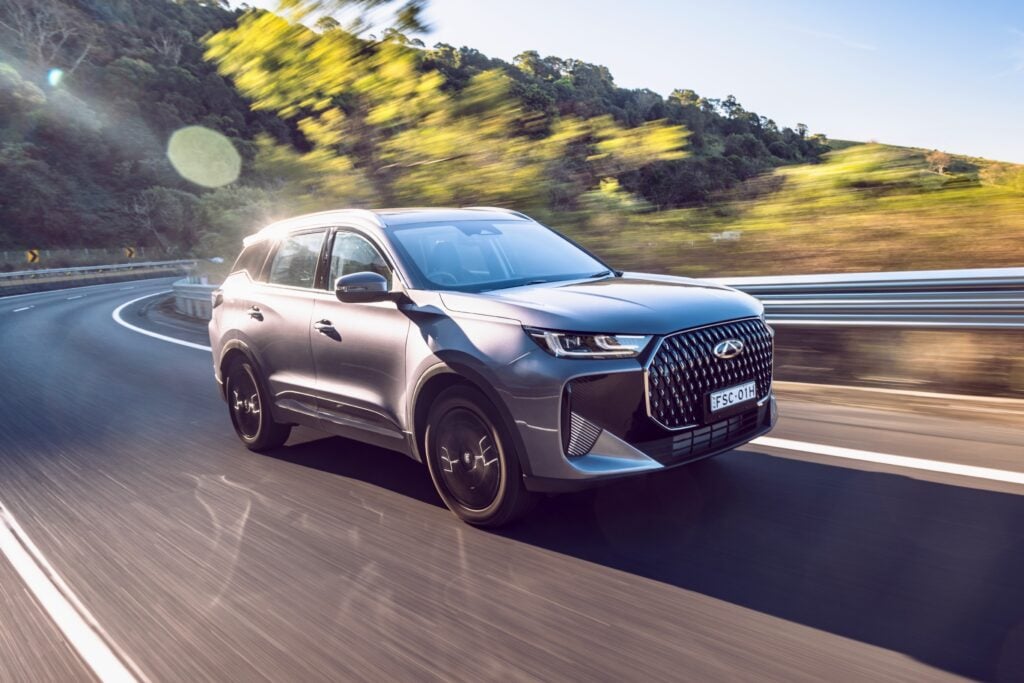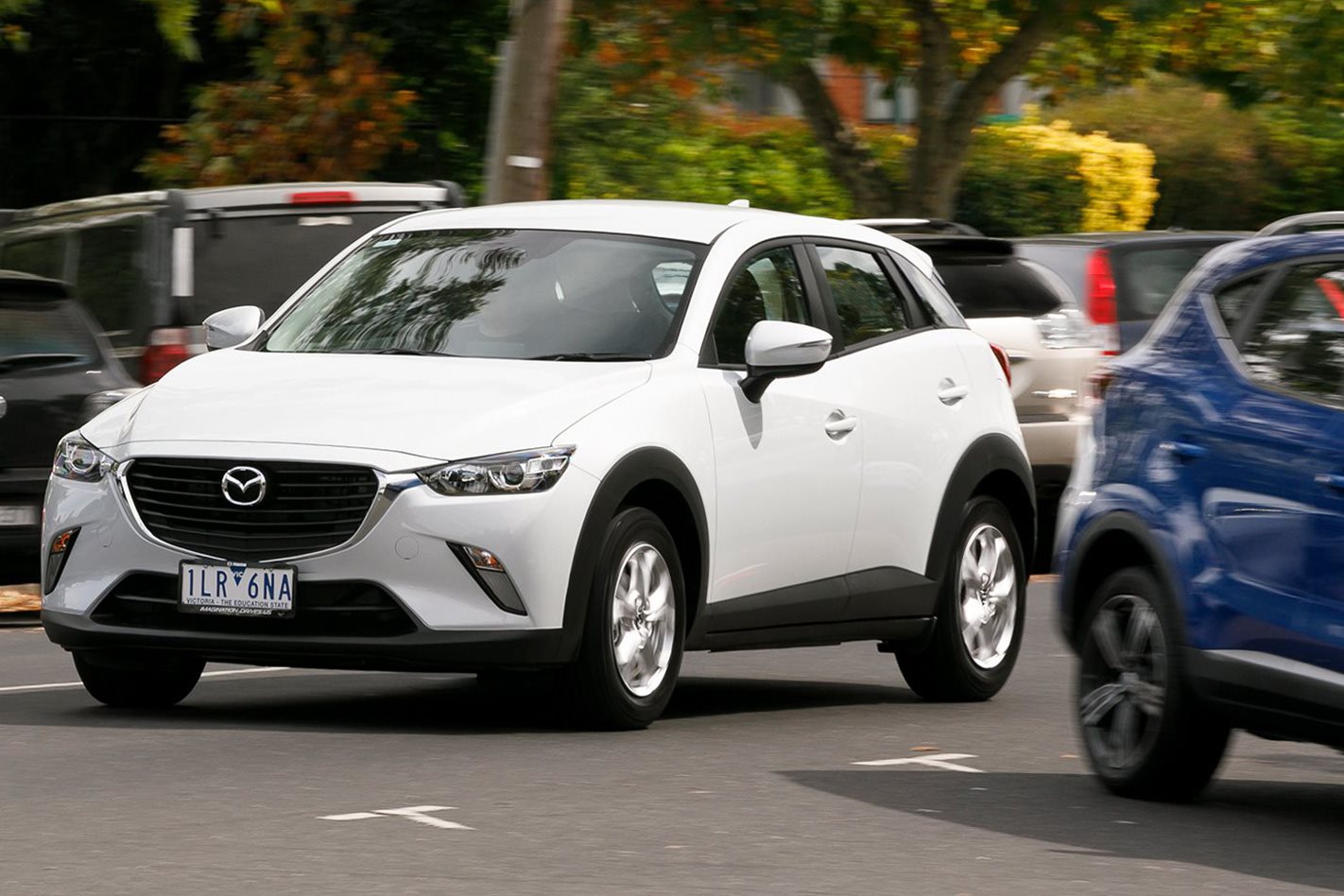
Small SUVs are proving to be increasingly popular with Aussie buyers, with the segment standing out the fastest growing in Australia, half-year sales figures reveal.
Data from June 2018’s VFACTS new-car sales report reveals some segments are attracting large numbers of new car buyers, while others are struggling.
The small SUV segment is without rival in terms of growth in 2018. Year-to-date, and compared with the same six-month period last year, the segment is up by 30.4 percent, the data shows. That compares with just 1.0 percent growth across the entire new-car market.
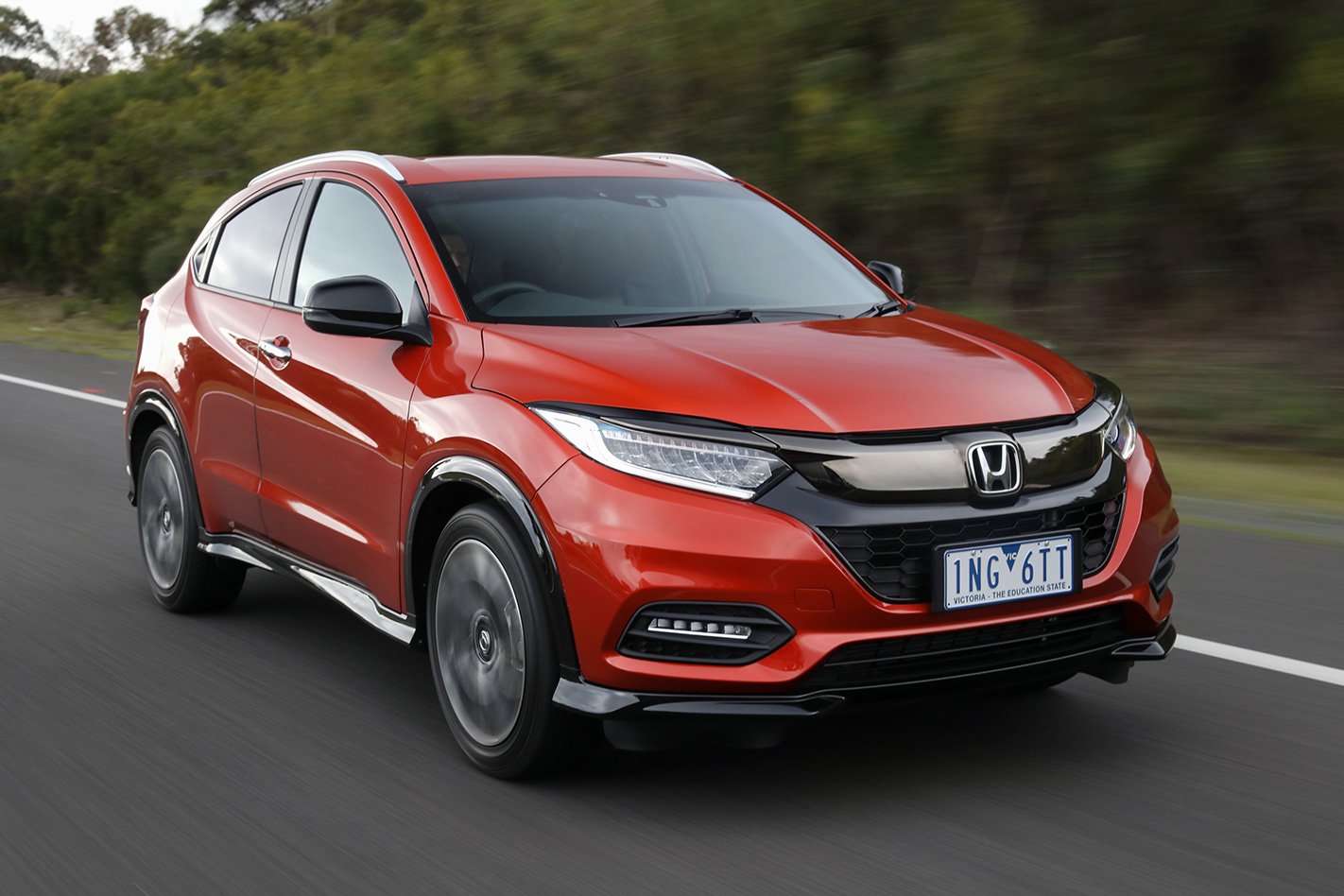
That increase is due to the 16,837 extra new small SUVs registered. Most impressive about the rise is the size of the category, which ranks fourth in outright numbers behind the big 4×4 trade utes, medium SUVs, and small passenger cars.
Most small SUV sales occur in the less than $40,000 bracket (63,763 YTD) – where car such as the Mitsubishi ASX, the Mazda CX-3 and the Subaru XV dominate – compared with those costing more than $40,000 (8506), such as the soon to be replaced Mercedes-Benz GLA-Class, the Audi Q2 and the BMW X1 and X2 siblings. However, both compact SUV segments have shared similar booms with 30.7 percent and 28.0 percent growth respectively.
Second in terms of growth is the micro passenger car segment – dominated by the Kia Picanto and with the Mitsubishi Mirage, recently discontinued Holden Spark and the Fiat 500 – with an 18.9 percent increase in registrations year-to-date. They have bucked the passenger vehicle trend of shrinking their slice of the sales pie, with every other traditional car segment registering a downturn.
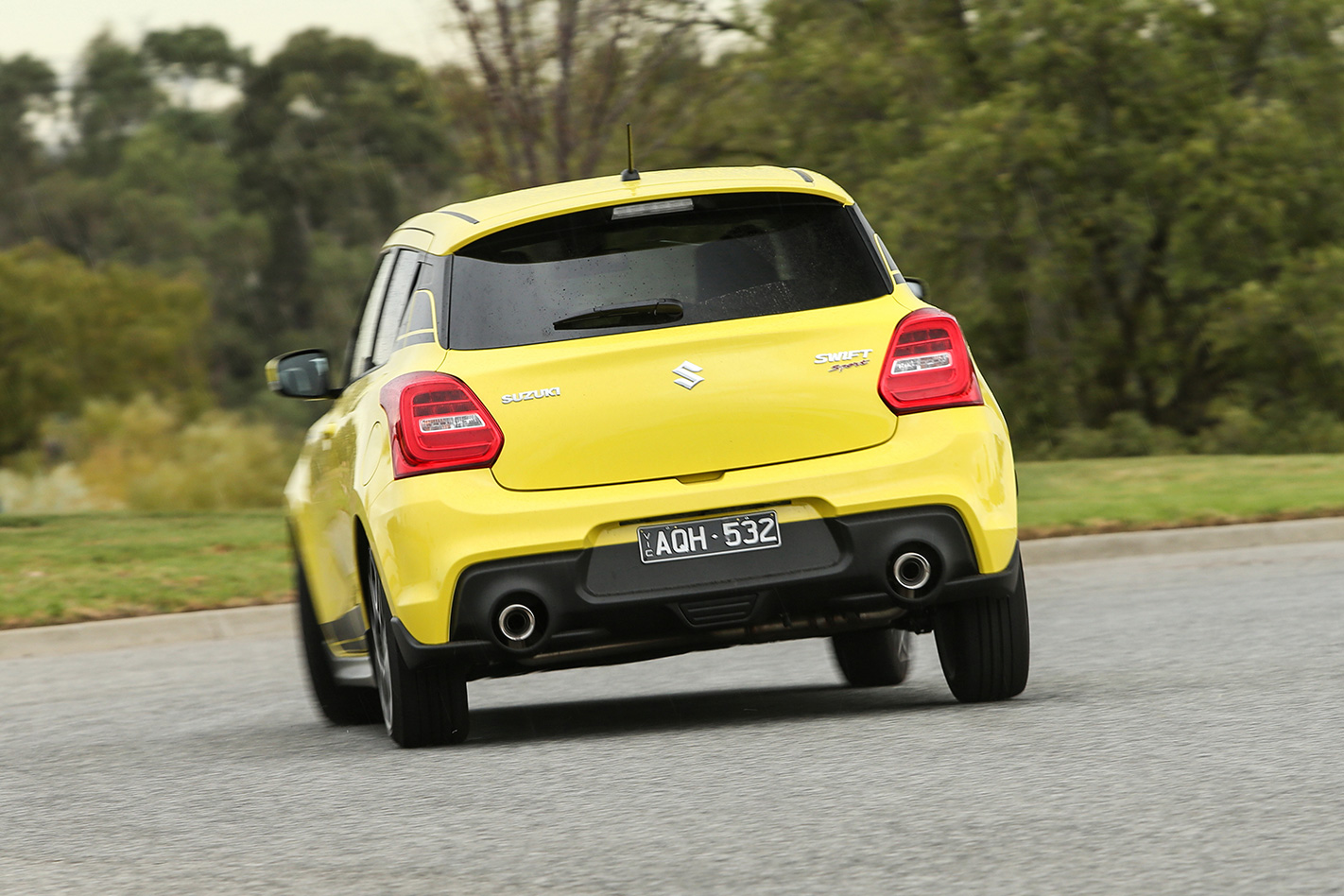
SUVs for the most part continue to increase in popularity with Australian buyers, with the upper large (Mercedes-Benz GLS Class, Nissan Patrol and Toyota LandCruiser) and medium (Hyundai Tucson, Mazda CX-5, Nissan X-Trail and Toyota RAV4) segments growing 11.6 and 11.3 percent respectively.
The only other segment to experience growth is 4×4 utes, which includes both dual-cab and crew-cab variants. Top-selling vehicles such as the Toyota Hilux and Ford Ranger have helped the segment increase 7.1 percent so far this year.
Large SUVs (Subaru Outback, Mazda CX-9, Toyota Kluger and Prado) were the only high-riders to experience a downturn, with a 5.4 percent decrease in segment size compared with the same period last year.
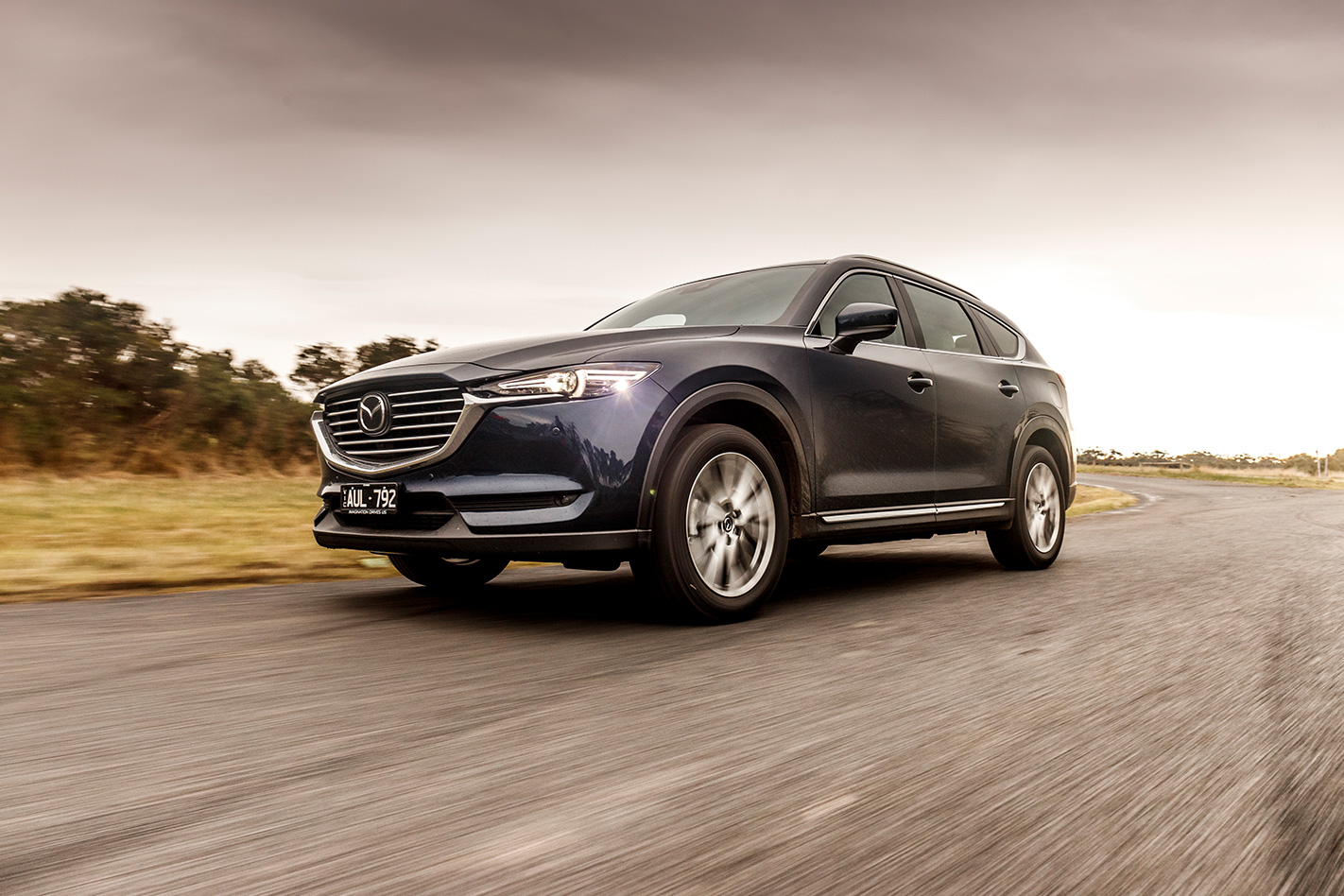
Sports cars (dominated by the Ford Mustang) were one of the fastest growing segments in the first six months of 2017, recording a 13.2 percent increase year-to-date. However, enthusiast registrations in 2018 have slowed to the point where sports cars have contracted 34 percent.
That isn’t the most dramatic downturn. Large passenger cars (where the now imported Holden Commodore fights for sales) have continued to fall off a cliff, enduring a 44.6 percent decrease in segment registrations.
If you widen the net to only segment sales by passenger and SUV vehicles, the difference in growth is brought into stark illustration.
While SUVs have grown by 10.7 percent in year-to-date sales, passenger cars have shrunk by 11.3 percent.
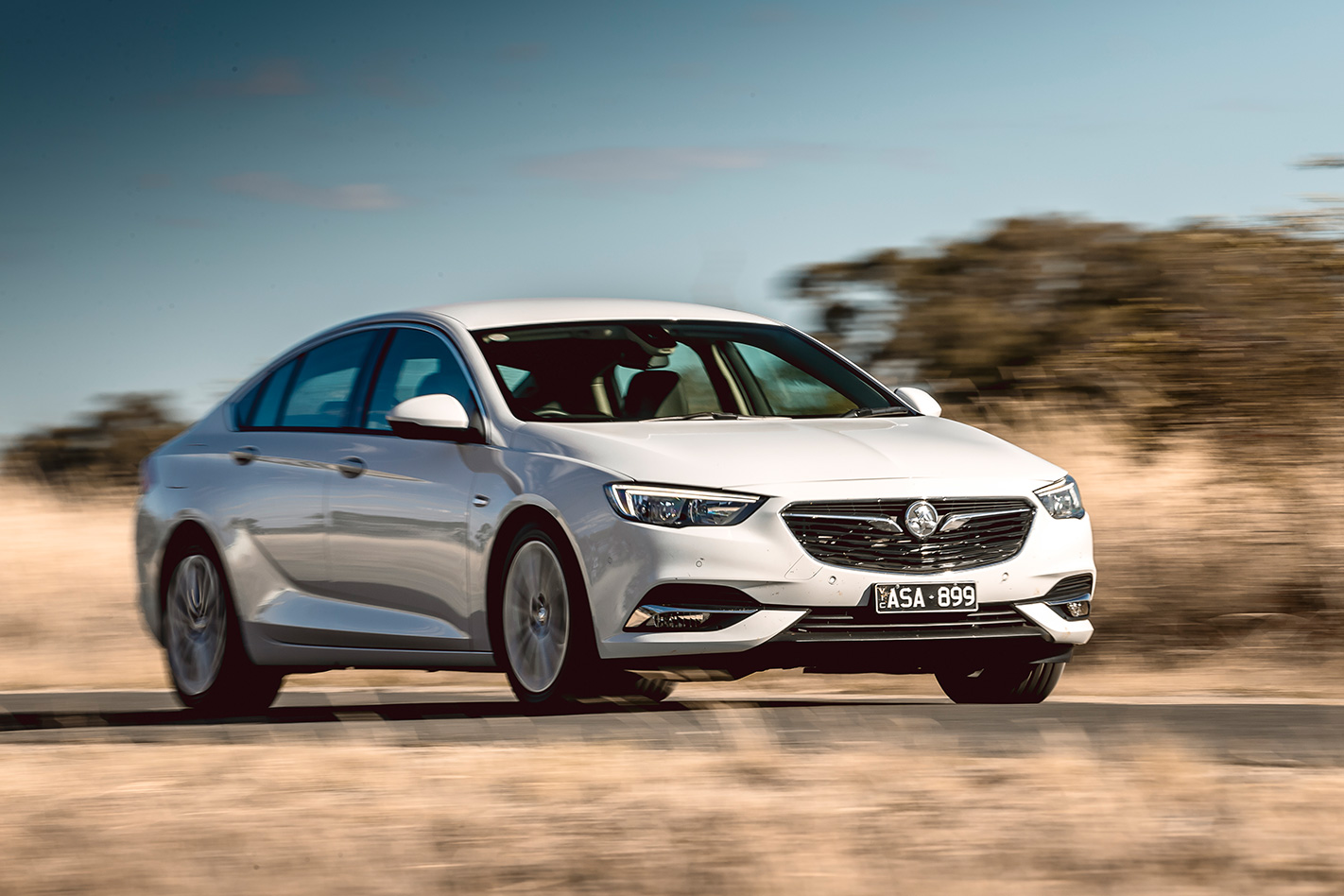
The data shows clearly Australian new-car buyers appear to have turned their back on traditional passenger vehicles, preferring their higher-riding siblings, and now the manufacturers are answering the call with a wider selection of SUV choices.
MY, HOW WE’VE GROWN
Changes in new-car sales segments over the first six months of 2018
- Small SUVs: +30.4%
- Micro passenger cars: +18.9%
- Upper large SUVs: +11.6%
- Medium SUVs: +11.3%
- 4×4 utes: +7.1%
- People movers: -1.8%
- Small passenger cars: -3.8%
- Light passenger cars: -4.5%
- 4×2 utes: -4.7%
- Large SUVs: -5.4%
- Upper large passenger cars: -10.9%
- Medium passenger cars: -24.2%
- Sports cars: -34%
- Large passenger cars: -44.6%



